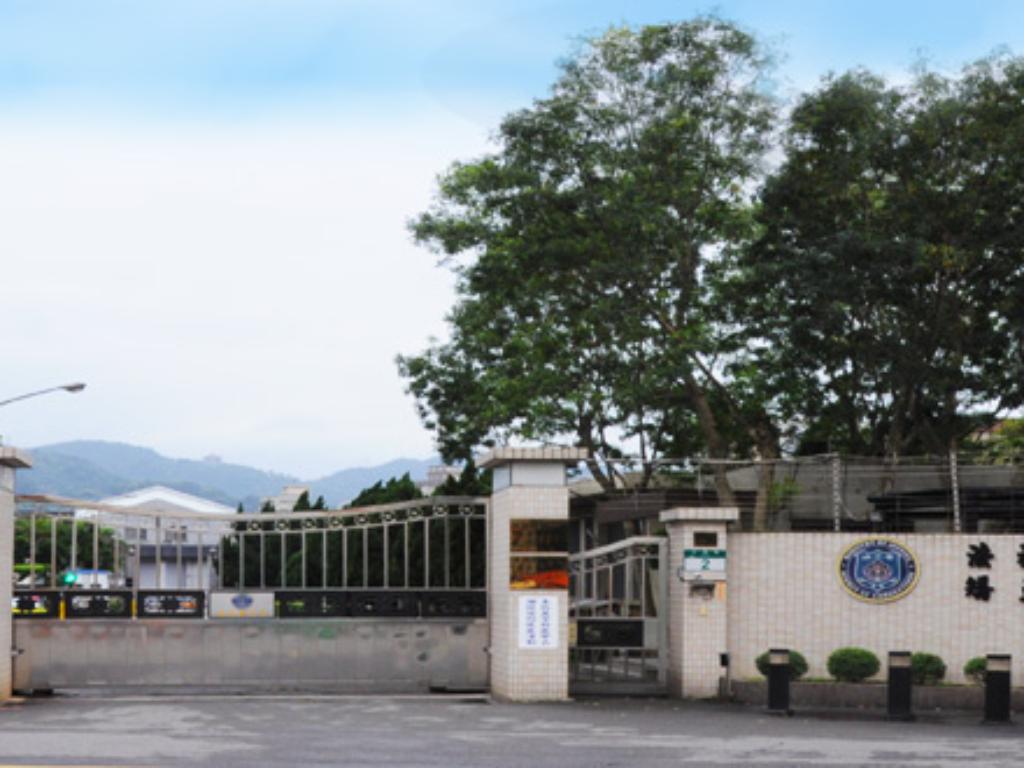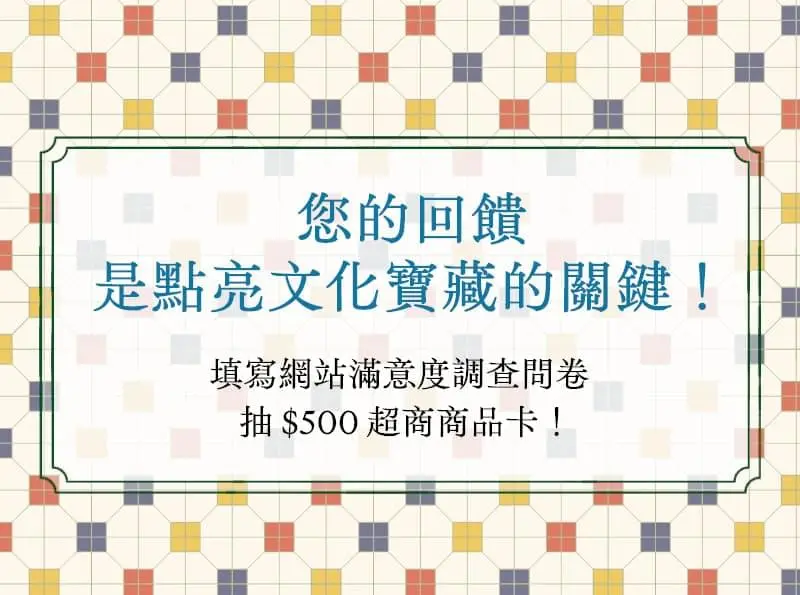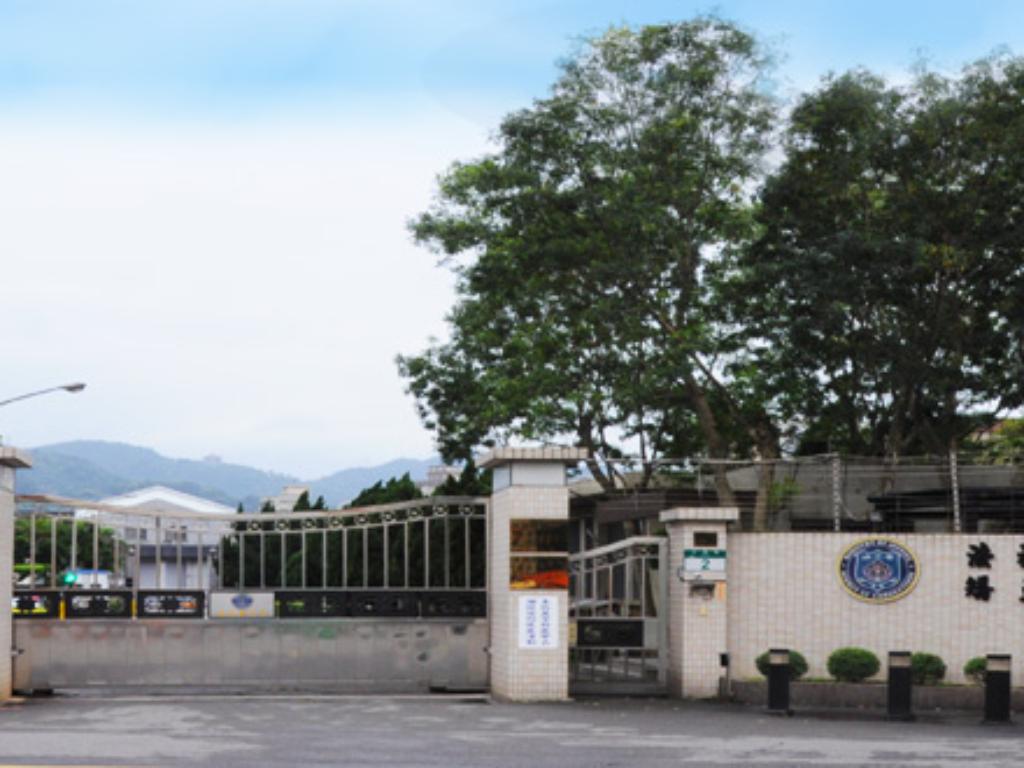
On July 1, 1952, the Taiwan Taipei Detention Center was separated from the “Taiwan Taipei Prison,” its official name changed to “Detention Center of the Taipei District Court, Taiwan.” It was previously located at No. 1, Aiguo East Road, Taipei City. As the surrounding region gradually developed and became the center of the city, and also because its structure was already old, the detention center was relocated in 1975 to its current location at No. 2, Lide Road, Tucheng District, New Taipei City. It thus became commonly known by the name “Tucheng Detention Center.” On July 1, 1980, with the separation of the judicial and prosecutorial powers, the detention center was renamed “Taiwan Taipei Detention Center” and was no longer governed by the Judicial Yuan but by the Ministry of Justice instead. With the establishment of the Agency of Corrections under the Ministry of Justice in 2011, it was renamed again as “Taipei Detention Center, Agency of Corrections, Ministry of Justice.”
Since the establishment of the Taipei Detention Center after World War II, it was originally only for the temporary detention of those who were charged with a criminal offence. However, since the Taipei Prison had insufficient space for accommodating all prisoners, some of them were transferred to the Taipei Detention Center to serve their prison sentence. This was known as a “substitute prison.” In the 1980s many political prisoners had been imprisoned in the Taipei Detention Center. Because many well-known people had been detained there or it was their substitute prison, it had the largest number of prisoners and death row inmates in Taiwan. In newspaper headlines the Tucheng Detention Center was also often called the “First Lockup Under Heaven.”

▲ The previous site of the Taipei Detention Center was located at No. 1, Aiguo East Road, Taipei City. (Source: Center for GIS, RCHSS, Academia Sinica (2018). “Taiwan Historical Maps in the Last One Hundred Years.” Available at: http://gissrv4.sinica.edu.tw/gis/twhgis/)
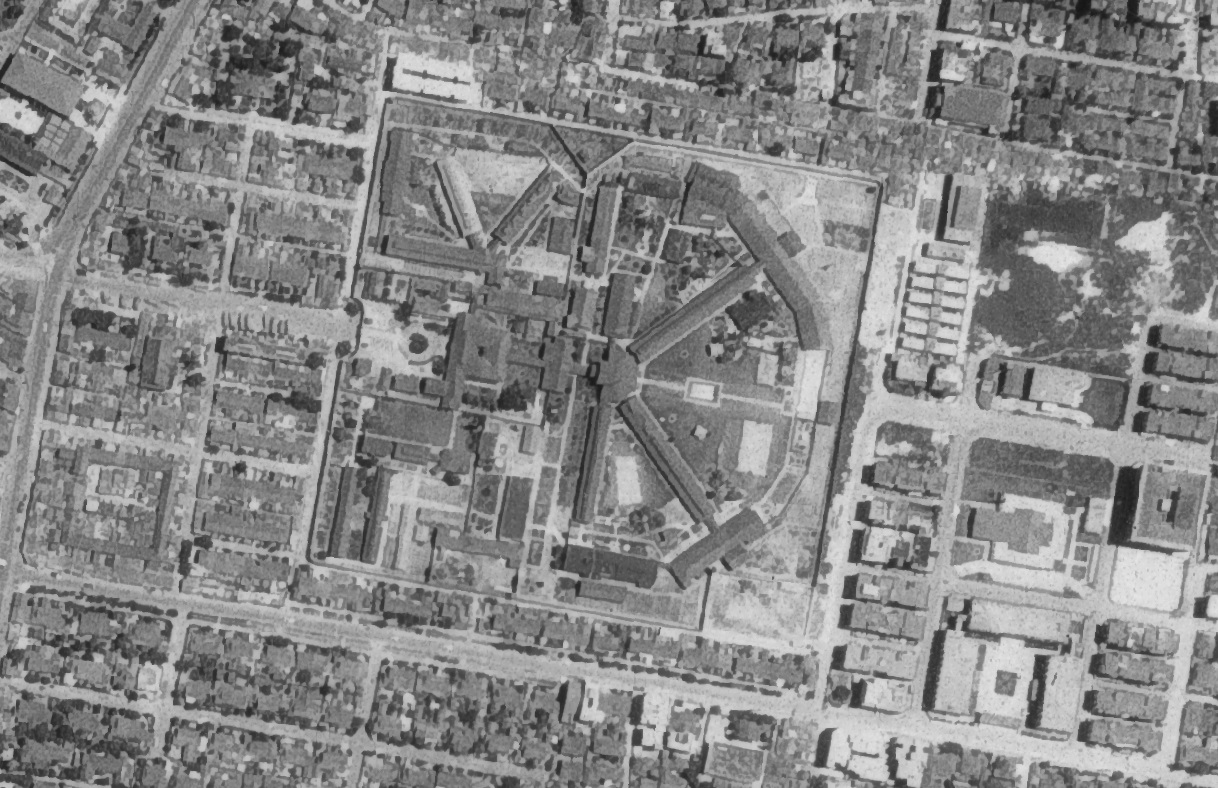 ▲ This aerial image from 1967 shows that the old site of the Taipei Detention Center and the Taipei Prison (which had radiating cell wings) were in the same block. (Source: Center for GIS, RCHSS, Academia Sinica (2018). “Taiwan Historical Maps in the Last One Hundred Years.” Available at: http://gissrv4.sinica.edu.tw/gis/twhgis/)
▲ This aerial image from 1967 shows that the old site of the Taipei Detention Center and the Taipei Prison (which had radiating cell wings) were in the same block. (Source: Center for GIS, RCHSS, Academia Sinica (2018). “Taiwan Historical Maps in the Last One Hundred Years.” Available at: http://gissrv4.sinica.edu.tw/gis/twhgis/)
 ▲ An aerial image taken in 2019 shows the current site of the Taipei Detention Center in Tucheng District. (Source: ©2019 DigitalGlobe, Google Maps ©2018 Google)
▲ An aerial image taken in 2019 shows the current site of the Taipei Detention Center in Tucheng District. (Source: ©2019 DigitalGlobe, Google Maps ©2018 Google)
A substitute prison for the imprisonment of political prisoners
The Taipei Detention Center in Tucheng had eight three-story cell blocks labeled “Zhong,” “Xiao,” “Ren,” “Ai,” “Xin,” “Yi,” “He” and “Ping” respectively. Cell blocks Zhong and Xiao were for special purposes. The first floor of the Zhong cell block and the third floor of the Xiao cell block were for the imprisonment of felons convicted of severe crimes; the second floor of the Zhong cell block and Xiao cell block were for death row inmates or prisoners serving life sentences; the third floor of the Zhong cell block held incommunicado and isolation cells; the first floor of the Xiao cell block was mainly used to detain people with special identities (like foreigners, civil servants or police officers); these cells were also called protection cells.
After the 1980s, the anti-Kuomintang (KMT) Tangwai movement was thriving, and as a result it was not as easy as before for the KMT authorities to overtly charge dissidents on grounds of sedition (a military law case). They tried to oppress the Tangwai opposition by using judicial law cases. Many famous dissidents such as Cheng Nan-jung, Li Ao, Chen Shui-bian and Hsu Hsin-liang have been detained in Tucheng Detention Center.
Inmate Liu Feng-sung said that the platform in the middle of the detention center was where prisoners were tortured:
Jailers were abusive and cruel. When inmates were called out of their cells, they had to squat down while they spoke. […] Getting beaten was very common, it happened nearly every day. And it wasn’t even just people who did something wrong that got beaten, sometimes people would get beaten even if they hadn’t done anything wrong.
In 1984, a case concerning inmate Lai Wenliang being tortured to death in the Taipei Detention Center was brought up in the Legislative Yuan. During the interpellation session, legislator Huang Chu-wen demanded to severely punish the director Zhu Kuangchun. This case shows the seriousness of torture in the Taipei Detention Center.
Different butts, same needle, and a strict prohibition on whistling
According to records and anecdotes about the Tucheng Detention Center, the environment inside was horribly poor. Famous political prisoner Li Ao described in his text “Different Butts, Same Needle” a scenario of how inmates got injections in the detention center. For the 3,300 inmates in the detention center, there were only one doctor and one nurse. They had to check an average of 400 people per day, and no matter how many inmates needed a shot, they only used one syringe barrel and one needle.
Chiang Kai-shih, who was imprisoned on the first floor of the Xiao cell block, pointed out that most death row prisoners were dragged out to be executed in the middle of the night. If they had unfulfilled wishes, their spirits would come back and wander around the cell block. If any inmate were to whistle, the cell block would be haunted; therefore, there was an unwritten rule that strictly forbade whistling in the detention center.
 ▲ This picture shows the gate of the current Taipei Detention Center, Agency of Corrections, Ministry of Justice in Tucheng District, New Taipei City. (Source: “Taipei Detention Center, Agency of Corrections, Ministry of Justice” website.)
▲ This picture shows the gate of the current Taipei Detention Center, Agency of Corrections, Ministry of Justice in Tucheng District, New Taipei City. (Source: “Taipei Detention Center, Agency of Corrections, Ministry of Justice” website.)
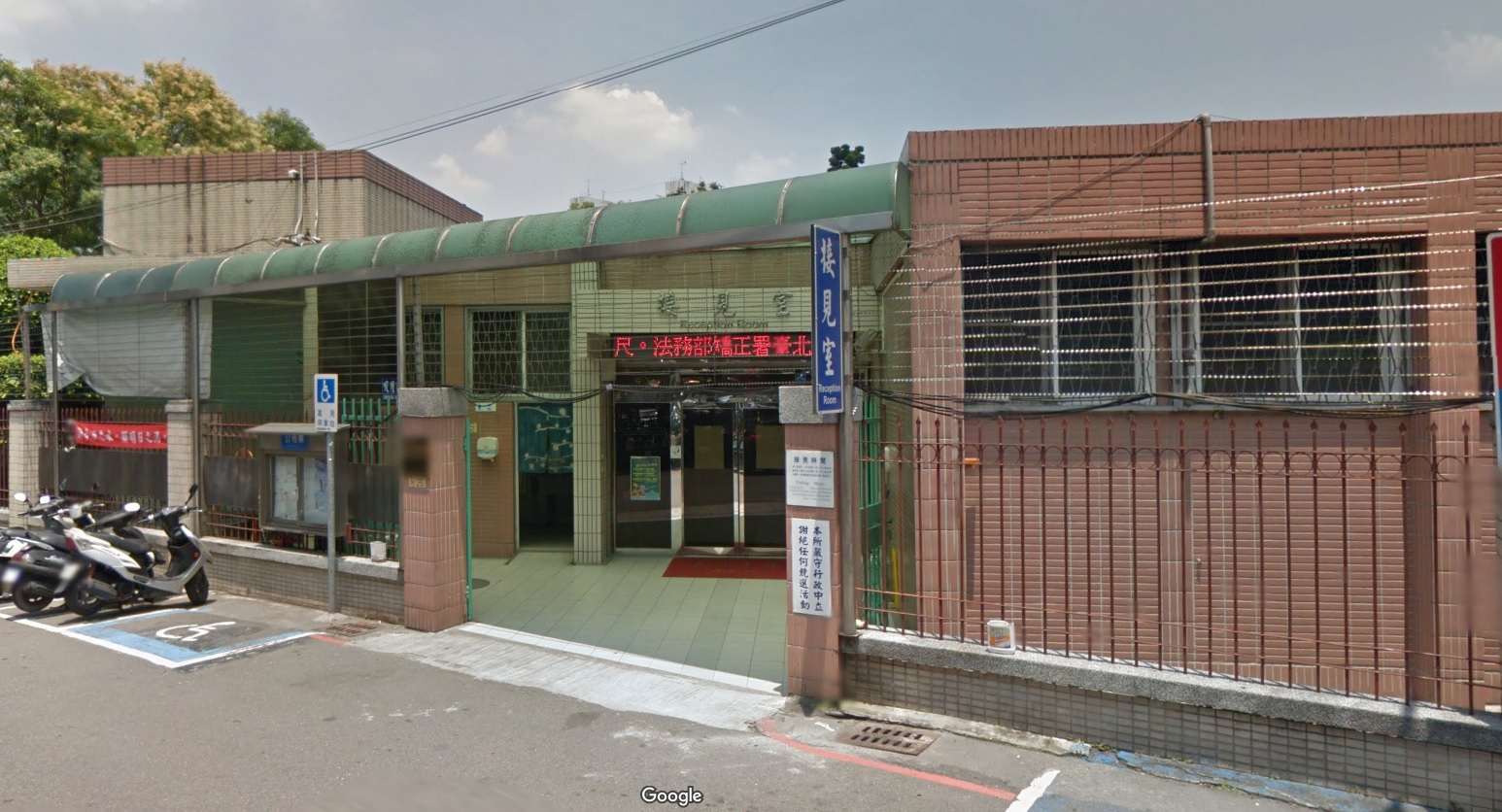 ▲ The reception room of the Taipei Detention Center, Agency of Corrections, Ministry of Justice is located at Liqing Street, Tucheng District, New Taipei City. (Source: May 2015 ©2019 Google)
▲ The reception room of the Taipei Detention Center, Agency of Corrections, Ministry of Justice is located at Liqing Street, Tucheng District, New Taipei City. (Source: May 2015 ©2019 Google)

